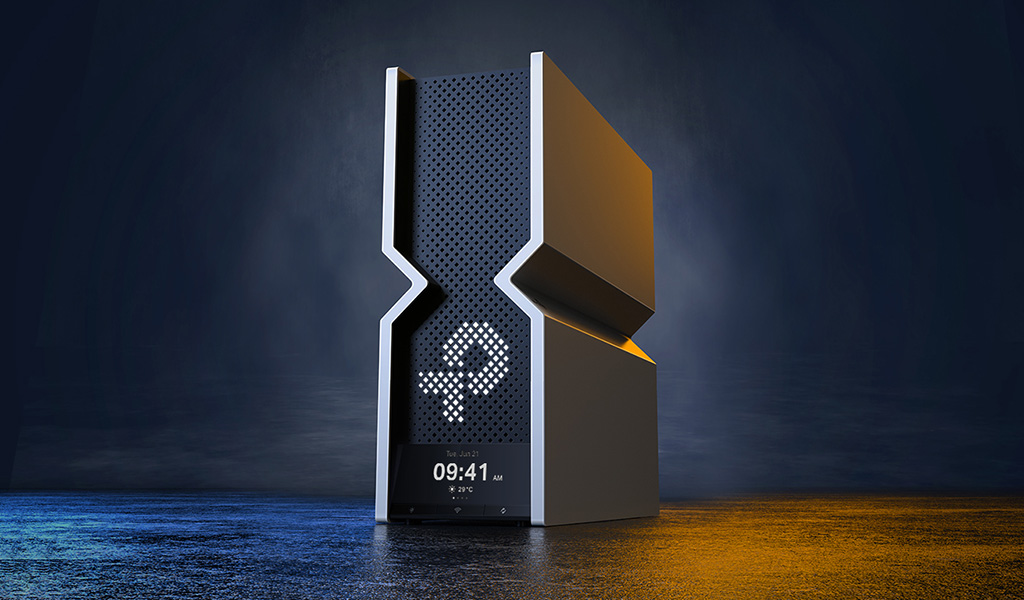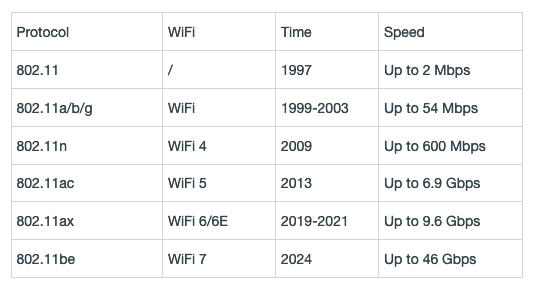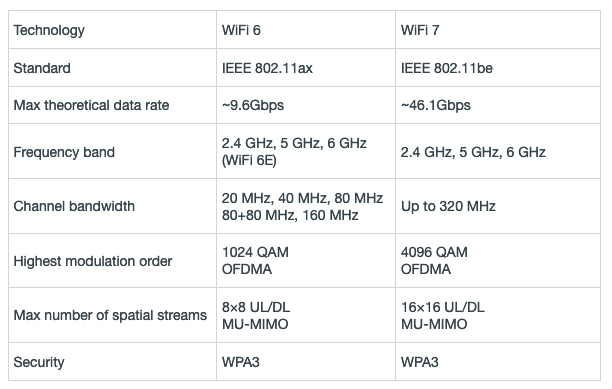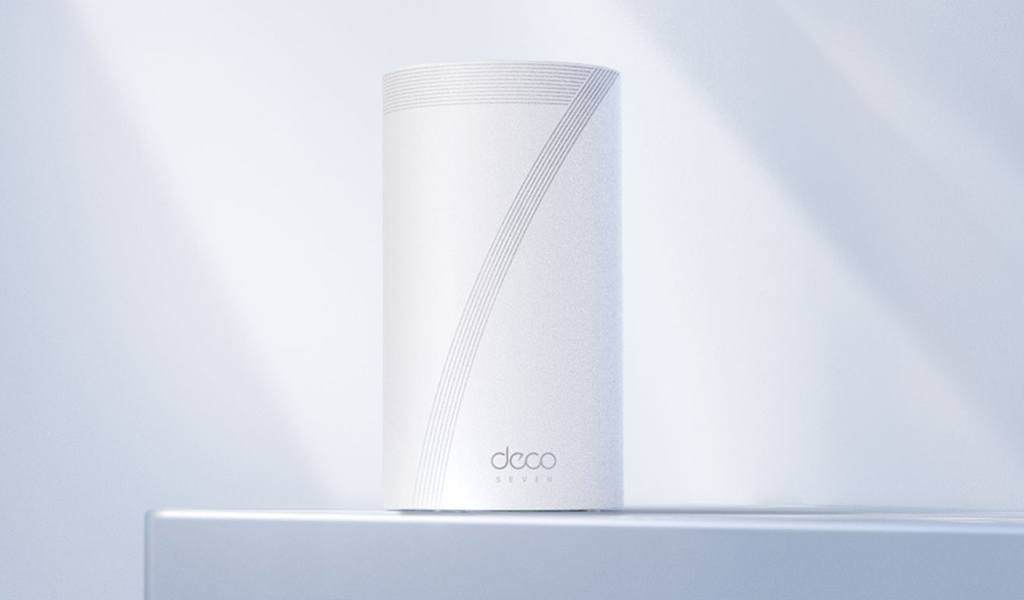
TP-Link announced that it will release a new generation of routers capable of running Wi-Fi 7, and they’ll be coming in 2023. This is an interesting move, given Wi-Fi 7 is still some time away, but the idea is that you can soon get your hands on a router that will be ready when that time comes.
The first of TP-Link’s routers are set to launch in the first quarter of 2023. It’s not clear what devices will support Wi-Fi 7 or when that will happen, but it’s likely that some initial support may come next year. Here’s what you can expect.

What Wi-Fi 7 can deliver
The IEEE (Institute of Electrical and Electronic Engineers) is the group who develops Wi-Fi standards, whereas the Wi-Fi Alliance, a global networking consortium, certifies the devices that follow each standard. That’s exactly what it has done with Wi-Fi 6 devices and previous standards preceding it.
No one knows when the IEEE will ultimately confirm Wi-Fi 7, also known as 802.11be, though 2024 is most likely. So, if these new routers come out in 2023—a year before the new standard—why release them so soon?

Part of it is because the sheer capabilities take wireless connectivity so much further. As the successor to Wi-Fi 6 and 6E, Wi-Fi 7 could theoretically quadruple the speed up to a whopping 46Gbps (compared to 9.6Gbps). It also supports more channels to relieve congestion, and can handle more simultaneous streams. In short, a Wi-Fi 7 network will be more robust.

TP-Link’s new routers
Let’s start with the Deco BE95, what TP-Link considers its “most powerful mesh system” that it will release. It will have two dedicated 6GHz Wi-Fi bands, plus the 2.4GHz and 5GHz bands. One of those 6GHz bands will act as what’s called a “backhaul”, which solely works to connect the mesh devices together to ensure a steady data flow. The Deco BE85 will be a similar version, only with one 6GHz band instead of two.
Ethernet ports will enable wired connections for devices close by, much like current Deco units do. The one difference is the theoretical 10Gbps throughput each of those ports is capable of.
TP-Link will also release standalone routers under its Archer line. The Archer BE900 looks totally different compared to today’s Archers, with its upright design and lack of pop-up antennas. It will even sport touch-sensitive controls on the front-facing LED panel. Just because you don’t see the antennas, doesn’t mean they’re not there. There are 12 inside to spread things out, plus two 10Gbps Ethernet ports, plus another two at 2.4Gbps.
Since these Wi-Fi 7 routers are backwards compatible, they will allow devices to connect at previous Wi-Fi standards. For example, if you have a Wi-Fi 6 device, it can connect to the 6GHz band. Until Wi-Fi 7-enabled devices come out, there will be no way to connect anything to take advantage of the fastest speeds.
Coming soon
TP-Link will be launching various different Wi-Fi 7 routers starting in 2023, and these are the three you’re likely to see first. Until then, check out the latest TP-Link routers available now, including the Deco XE75 and Archer AXE75 Wi-Fi 6 models.



